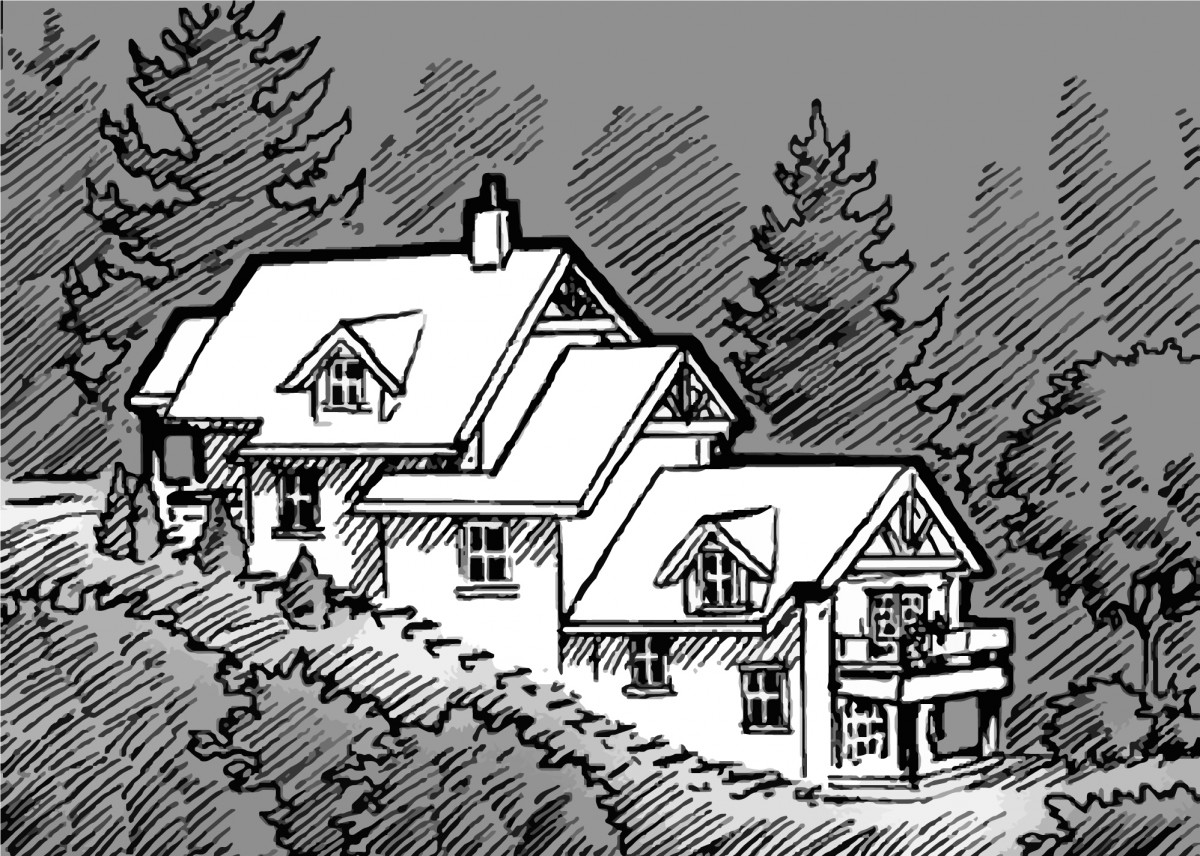2040 Official Community Plan - Development Permit Area
Hillside Development

Section 488(1)(e) of the Local Government Act allows for the establishment for the form and character of intensive residential development.
Unless exempted (see Exemptions Section below) a development permit addressing design guidelines (see Guidelines Section below) must be approved for all properties with a portion of the lot having slopes greater than 20% and thus located within a Hillside Development Permit Area.
- Construction of, addition to, or alteration of a building or structure; and
- Subdivision of land.
Many of the remaining undeveloped residential lands in Kelowna are on steep slopes and hillsides. Conventional single family residential developments located on hillsides are typically very disruptive on steep slopes. For this reason, intensive residential development leaving a significant portion of the land in a relatively undisturbed state is endorsed. All development in hillside areas with slopes 20% and greater will be reviewed for form and character to ensure preservation of significant natural features, consideration of visual impacts, and good urban design.
- Promote development that respects the terrain, vegetation, drainage courses and constraints related to the hillside environment of the site;
- Promote the siting of buildings and designs that are compatible with the steep slope context;
- Minimize visual impact on the hillside through appropriate siting, finishes, materials and colours;
- Preserve the natural, hillside character and avoid scarring;
- Ensure compatibility with existing neighbourhood or streetscape; and
- Promote a high standard of design, construction and landscaping.
- Ensure road design and anticipated use (e.g. parking) provides for a safe environment and ease of on-going maintenance.
A Development Permit will not be required if the development consists of the following:
- Construction of a new building that does not substantially alter the approved lot grading plan endorsed at the time of subdivision or Hazardous Condition Development Permit (DP) issuance; or
- Development on a property with slopes of 20% or greater occupying less than 50% of the lot area and where the proposed building envelope is outside of this steep sloped area; or
- Where the only activity being proposed is construction of retaining wall(s), and where such would not have a negative visual impact on the public realm and meets the ‘Landscaping and Retaining Walls Design Guidelines’ as referenced in this chapter; or
- Construction which is limited to the addition, replacement or alteration of doors, windows, building trim, or roofs, and which would have no impact on form and character of the building and would not impact the existing landscaping or access provisions; or
- Interior/exterior building alterations that do not expand the existing building foundation; or
- An alteration to a building that doesn’t require the issuance of a building permit; or
- Construction, addition or alteration not to exceed 30 sq. m (323 sq. ft) for a single storey accessory structure (4.5 m in height) is proposed and where no variance(s) of the Zoning Bylaw are required; or
- Construction, addition or alteration not to exceed 45 sq. m (484 sq. ft) for a single storey building (4.5 m in height) where the building is non-habitable space and where no variance(s) of the Zoning Bylaw are required; or
- The addition of a second dwelling attached to a principal dwelling, provided construction of the new addition does not exceed 30 sq. m (323 sq. ft); or
- Replacement of a building that has been destroyed by natural causes, in cases where the replacement building is identical to the original in both form and location; or
- A technical subdivision for lot consolidation or road widening. Note: The advice of a coordinating professional will be considered in determining qualification for an exemption.
The following guidelines may be applied when setting Development Permit conditions:
1.1 Orient buildings on the site to complement the natural topography (i.e., the greatest horizontal dimension is parallel with, not perpendicular to, the natural contour of the land);
1.2 Incorporate alternative development opportunities (i.e., cluster housing, unique building envelope arrangements, and multiple lots with shared access), where appropriate, to minimize visual impact and preserve natural character of the hillside;
1.3 Set buildings into the hillside and step up or down the slope to mimic the natural topography;
1.4 Avoid placing tall buildings at high points on the site or in highly visible areas;
1.5 Design and locate buildings so the hillside landscape rather than the sky serves as a backdrop;
1.6 Retain or enhance significant natural features and landforms, including ridgelines;
1.7 Create or optimize view corridors with staggered lots, the strategic placement of roads, sensitive lot grading, appropriate landscaping, etc.;
1.8 Position buildings to preserve and enhance sightlines to and from significant view points;
1.9 Ensure any structures, building faces, street or building lighting do not dominate the landscape.
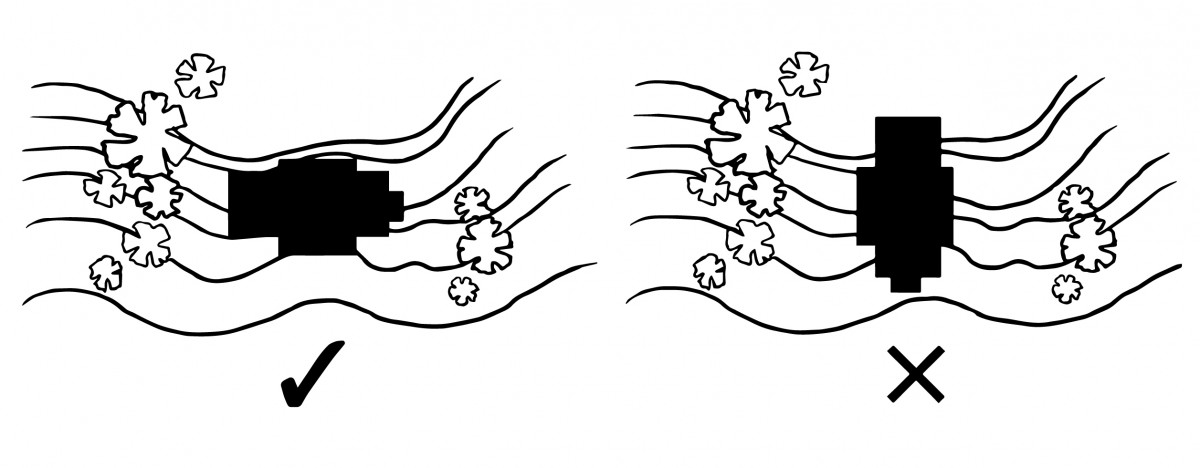 | Figure 19.1: |
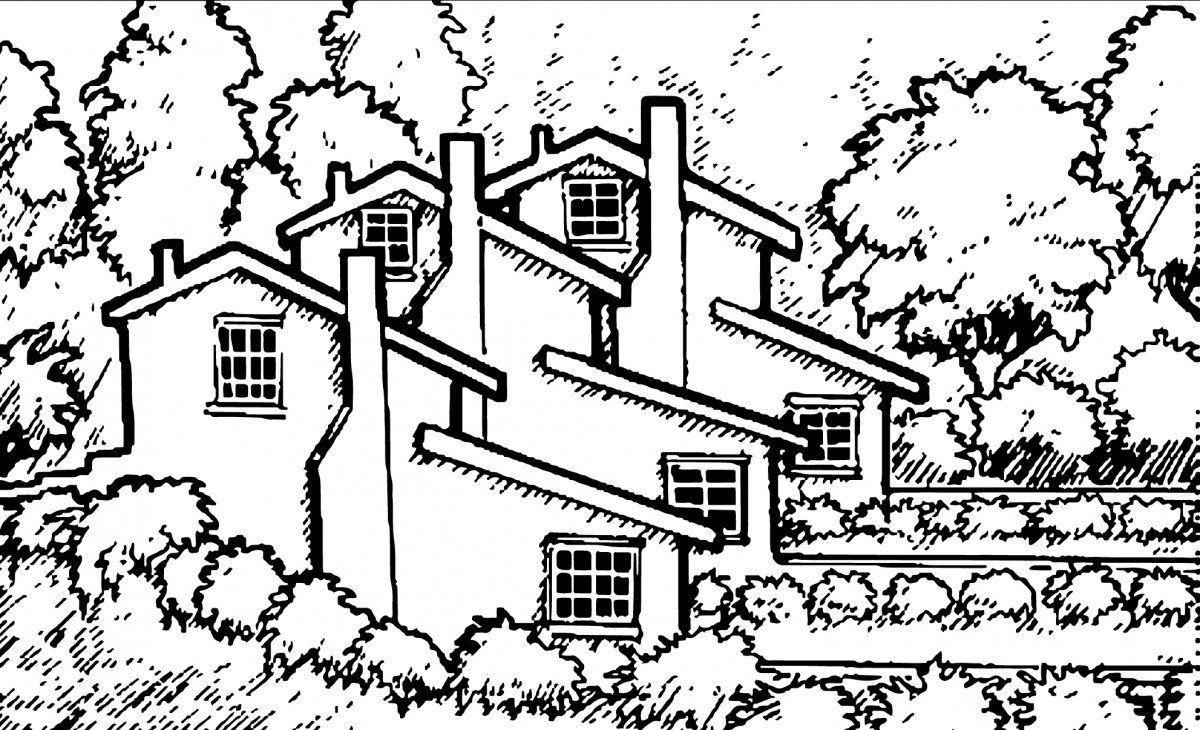 | Figure 19.2: |
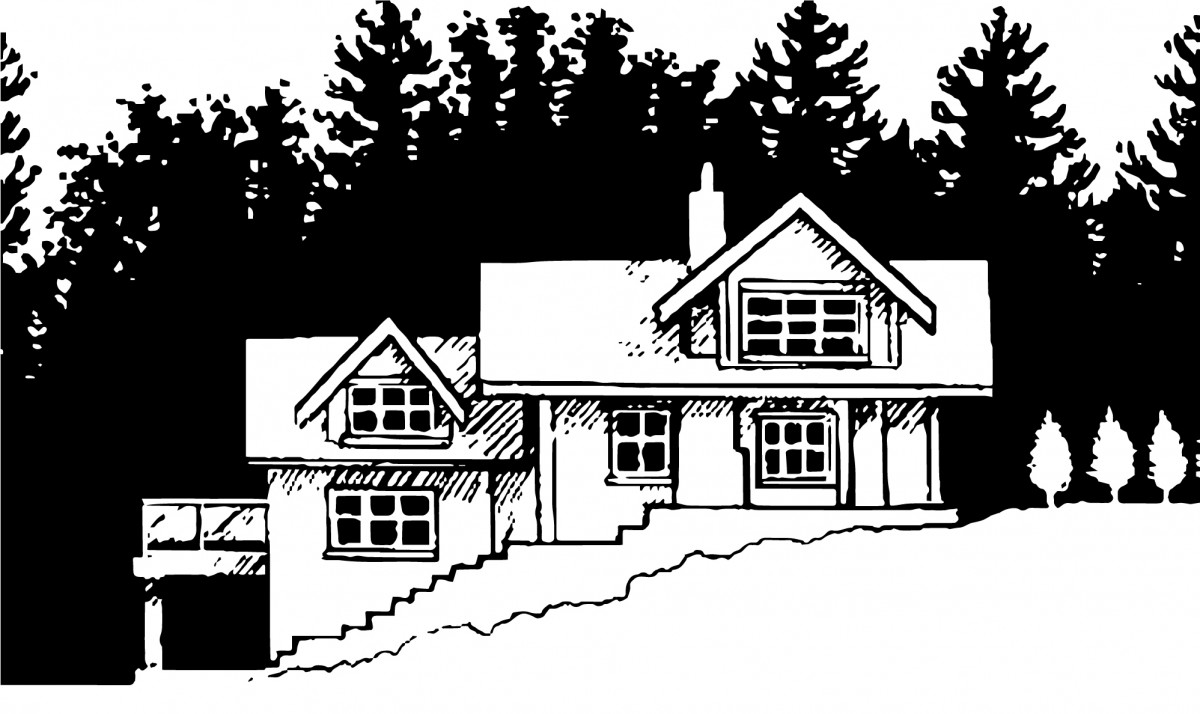 | Figure 19.3: |
2.1 Preserve any slopes greater than 30% as undisturbed unless roads are required to access developments;
2.2 Restrict on-street parking where alternative road standards allow for narrow roads. Parking pads off the travel surface may be supported.
2.3 Minimize cut and fill excavation to preserve the natural topography of the hillside. Necessary cuts and fills should be balanced to reduce trucking costs;
2.4 Minimize the visual impact of grading by incorporating the majority of cut and fill within the building envelope to avoid visual scarring;
2.5 Design ground floor elevations and heights to be sensitive to adjacent properties and neighbouring sightlines;
2.6 Locate house and design driveway to minimize length and/or visual dominance of the driveway and associated grading;
2.7 Ensure that altered slopes appear natural with varied contours and vegetation, avoiding sharp angles.
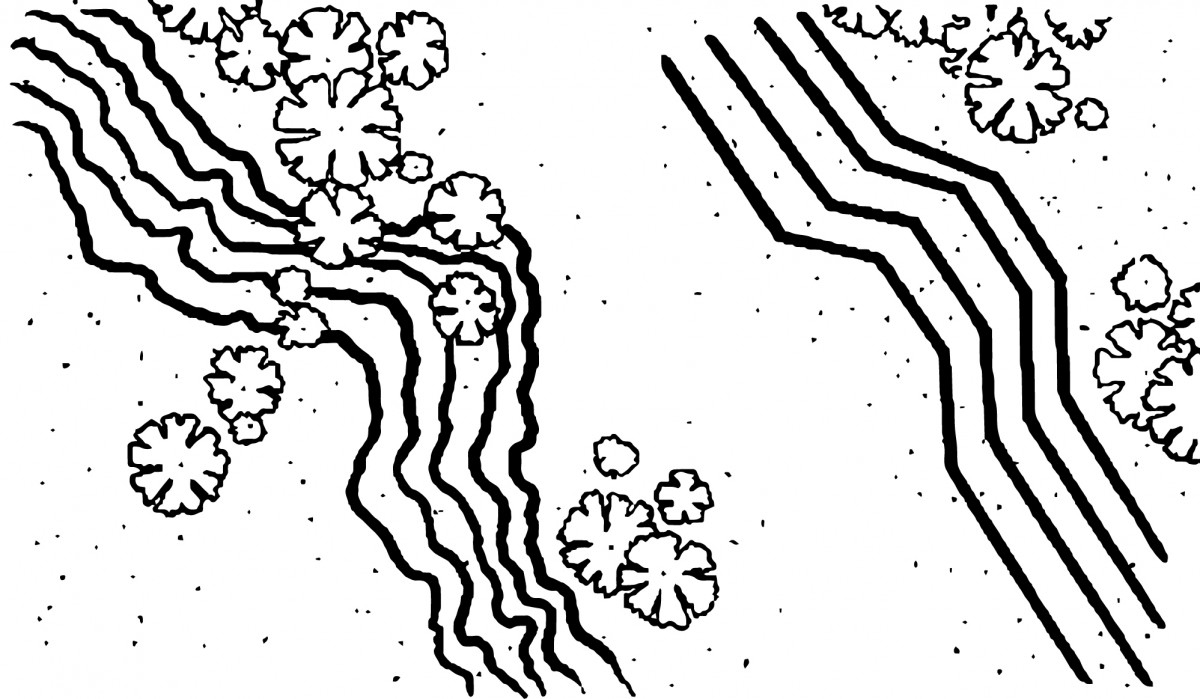 | Figure 19.4: |
3.1 Incorporate landscaping that is natural and blends in with any existing vegetation minimizing large areas of formal landscaping;
3.2 Preserve existing plant materials of significant size or relocate within the site;
3.3 Incorporate landscaping that enhances building design and architectural elements;
3.4 Revegetate any unavoidable cut and fill along ridgelines with natural landscaping;
3.5 Minimize the impact of development by screening structures through effective use of landscaping materials;
3.6 Incorporate retaining walls utilizing native building materials (i.e., earth berms, rock forms, or stone) to minimize the visual impact of cuts;
3.7 Minimize fence and retaining wall height and length. Stepped or terraced walls with landscaping are encouraged for areas where steep cuts are required.
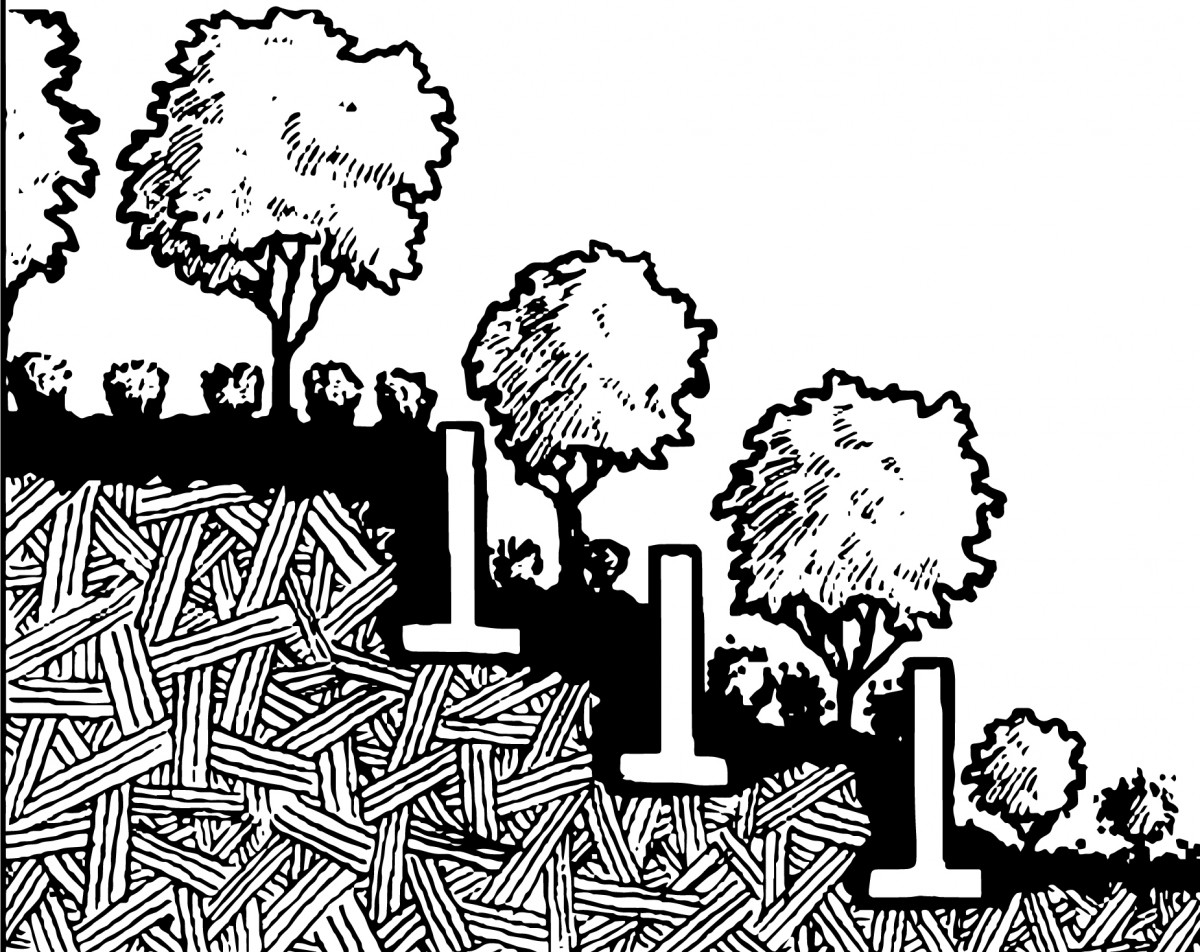 | Figure 19.5: |
5.1 Incorporate required parking into the natural landscape minimizing the requirement for lot grading (i.e., avoid large, flat parking areas);
5.2 Design buildings with variable floor and roofline elevations and architectural treatment to achieve height variation;
5.3 Stagger siting of buildings and screen with mature vegetation to minimize the “wall effect”;
5.4 The slope of the roof should be oriented in the same direction as the natural slope of the lot.



